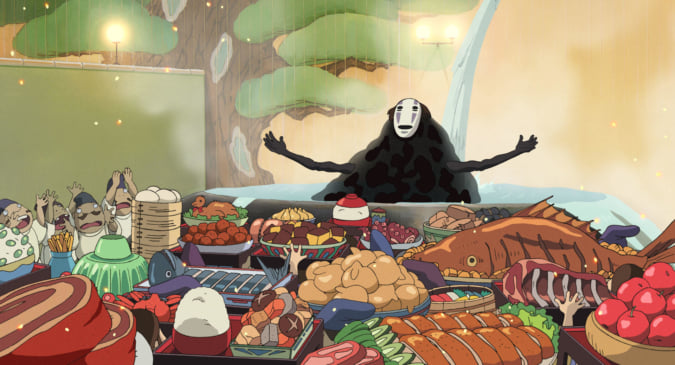A Forget-Me-Not Charm Supports Women in A Disaster Area

On March 11, 2011, an earthquake of unprecedented power struck eastern Japan. For women living in provisional housing of Minami-Sanriku-Cho in Iwate Prefecture, one of the devastated areas, the ama project has been a continuous means of support through handicrafts. In this activity, bracelets that have been hand-made by the women are sold in Japan and internationally.
The venture began in 2012 with the thought of ‘wanting the women of Minami-Sanriku, who are grieving over the loss of family and friends, to have hope for the future’. The project has succeeded through the collaboration of French cultural icons Jane Birkin, Charlotte Gainsbourg, and Lou Doillon. Because more than seven years have passed since the earthquake, with a slow fading of memory in many people, a new accessory is being presented. The work of Marie-Hélène de Taillac, this is a charm in 22-carat yellow gold and blue sapphire modeled on a forget-me-not, suggesting the message ‘lest that day be forgotten’. The charm is being sold at MTH Tokyo, with proceeds of the sale helping to support the activities of the ama project. Sparkling brightly with the message ‘may women from the disaster area stride bravely into the future, the forget-me-not charm is like a prayer of beauty and hope’.
TRENDING
-
The Tattoos that Marked the Criminals of the Edo Period
Traditional tattoos were strong signifiers; murderers had head tattoos, while theft might result in an arm tattoo.

-
The Story of Sada Yacco, the Geisha who Bewitched Europe
Described by Dazed magazine as the first beauty influencer, she has been restored to her former glory since 2019.

-
Ito Jakuchu's Naturalist Paintings
From 15 September until 14 October 2018, the Petit Palais showcased the artist's iconic ‘Images of the Colourful Realm of Living Beings’.

-
Chiharu Shiota, Red Threads of the Soul
Last year, more than 660,000 people visited the retrospective 'Chiharu Shiota: The Soul Trembles' exhibit at the Mori Art Museum.

-
Studio Ghibli's Delicious Dishes Are More Than Just Details
Food, often inspired by the directors' favourite recipes, is a crucial element in the plot of these animated films.





